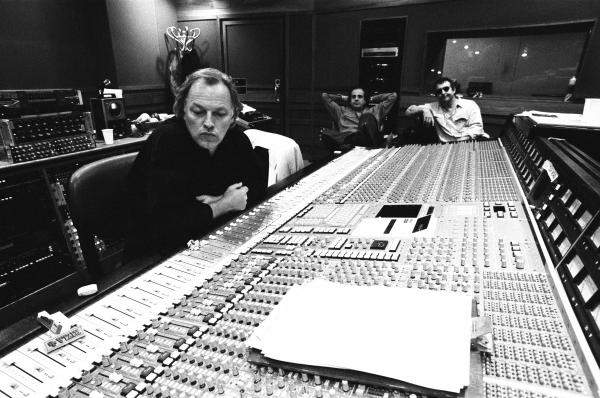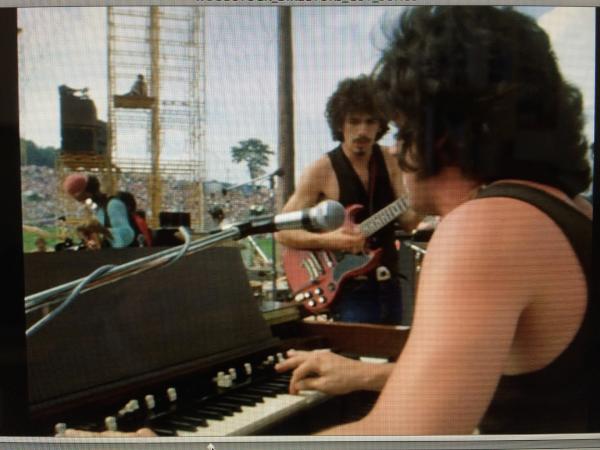Mike Mettler
|
Oct 22, 2014
|
Oct 08, 2014
|
Oct 02, 2014
|
Sep 03, 2014














